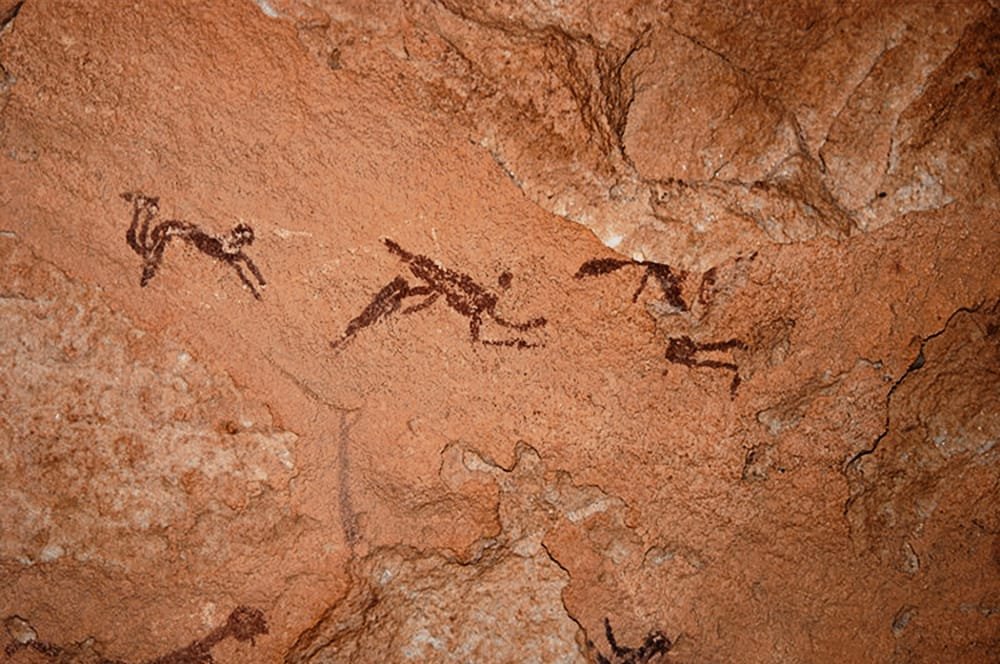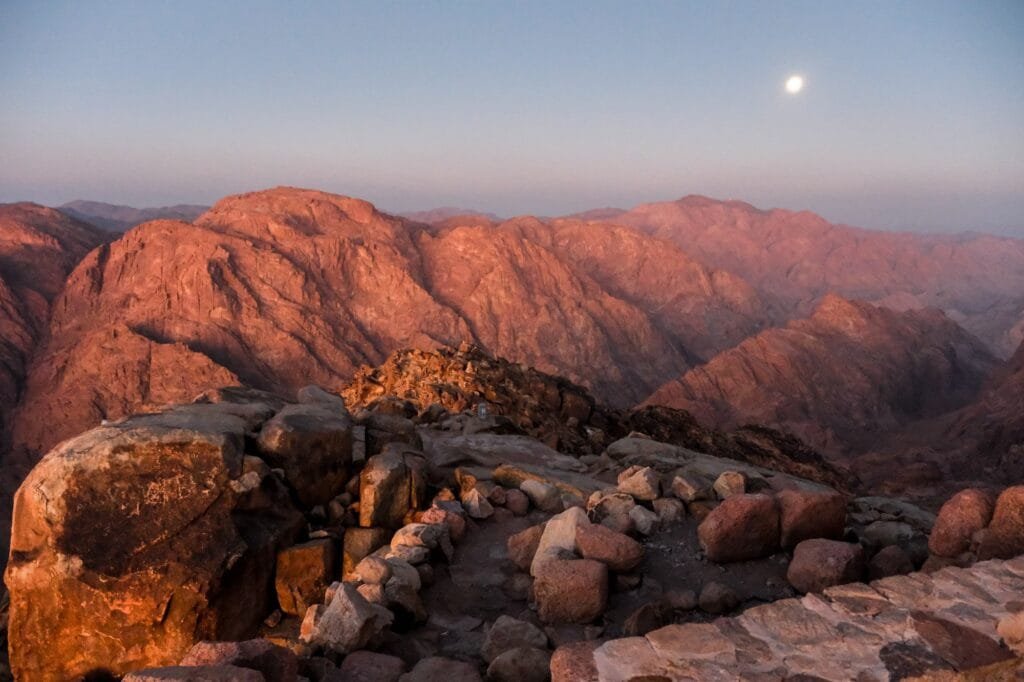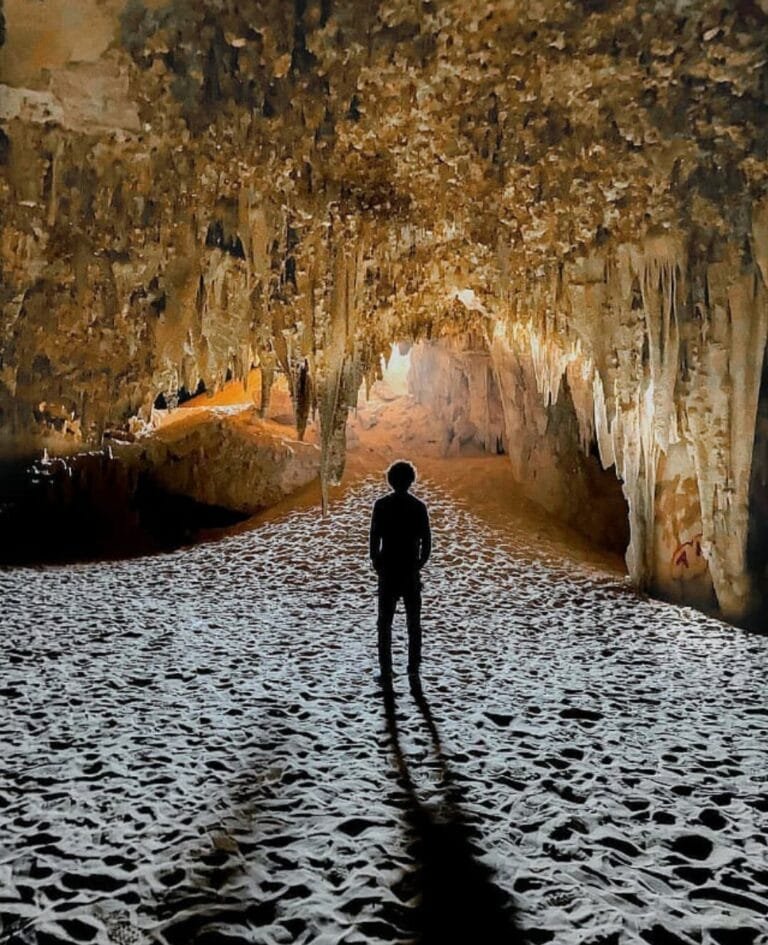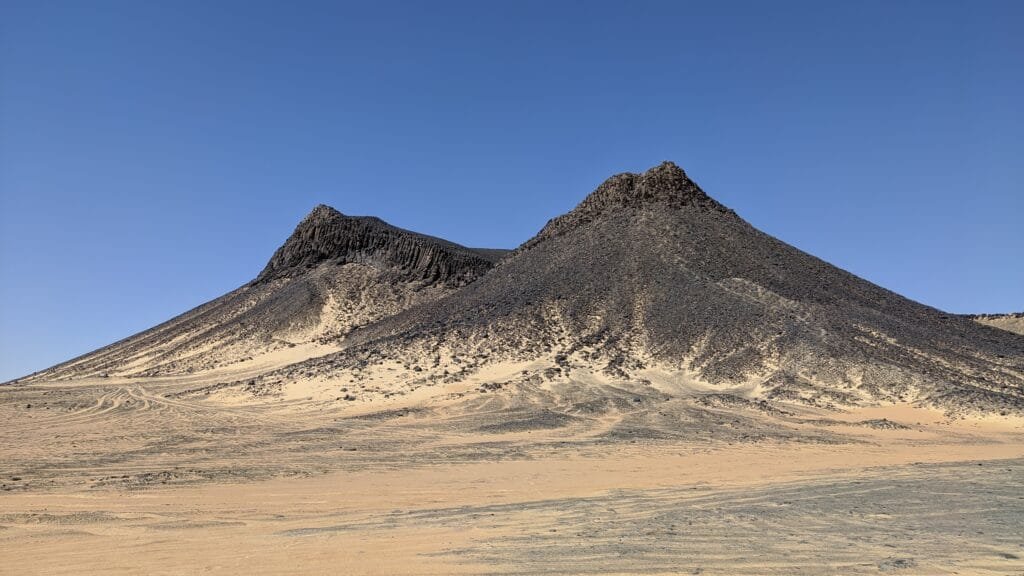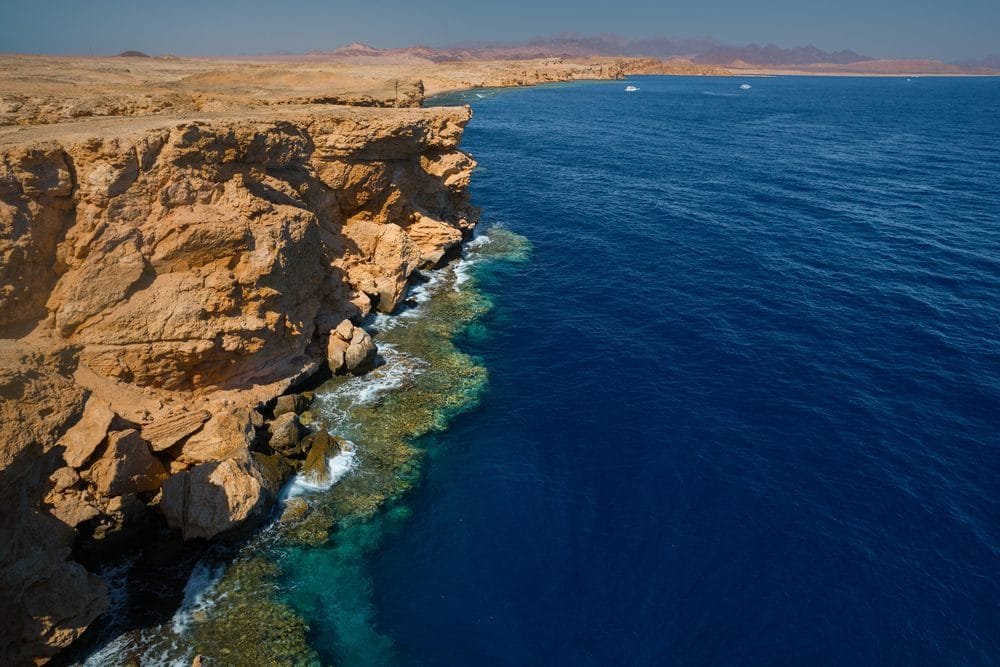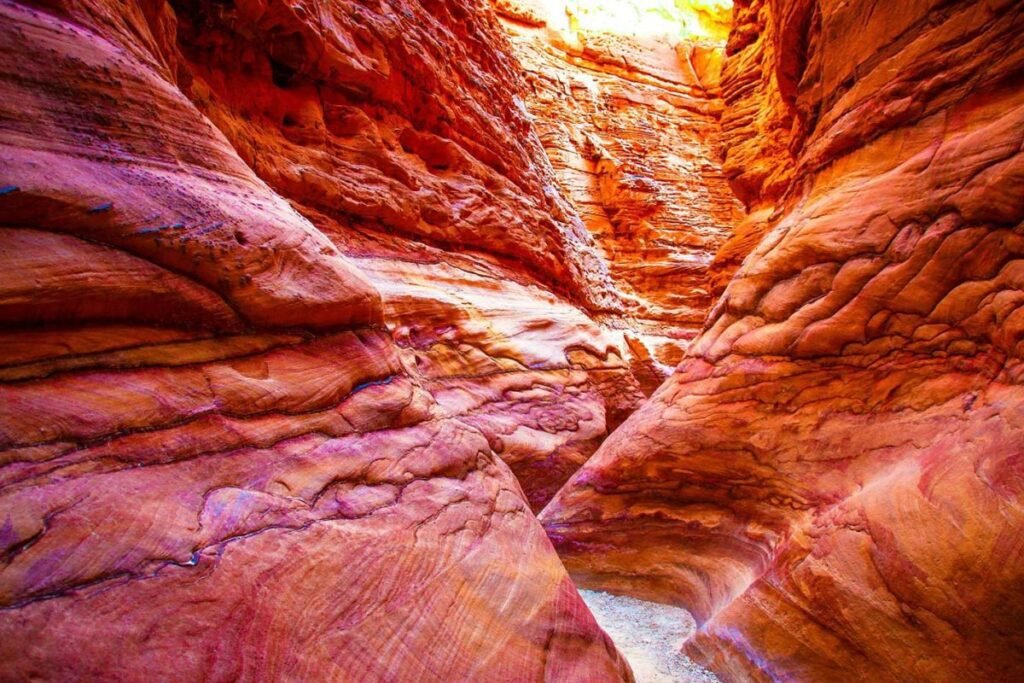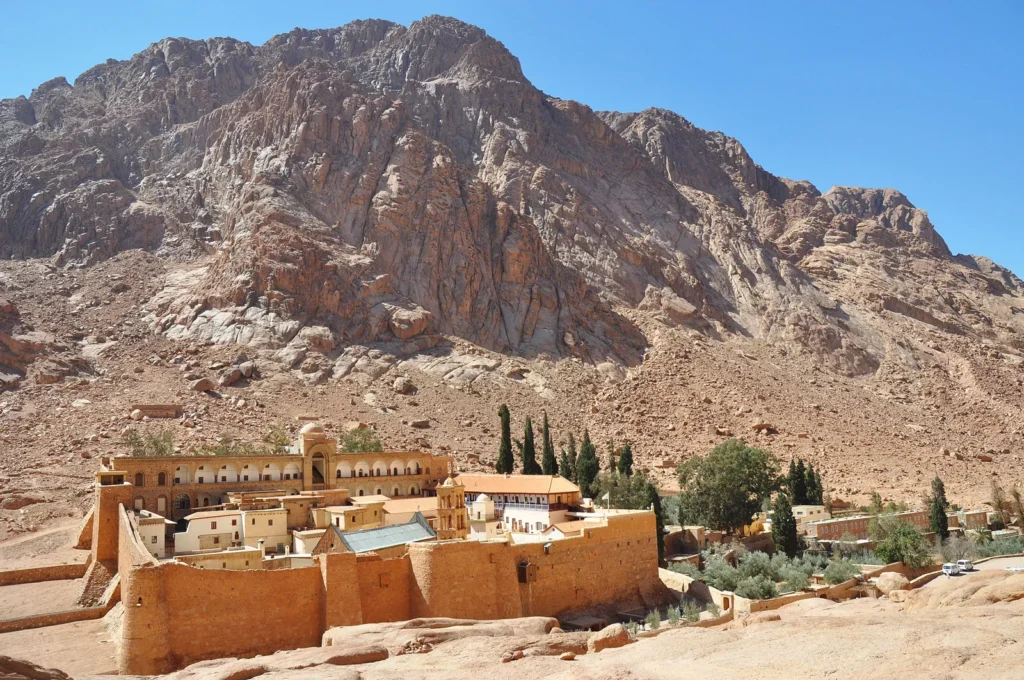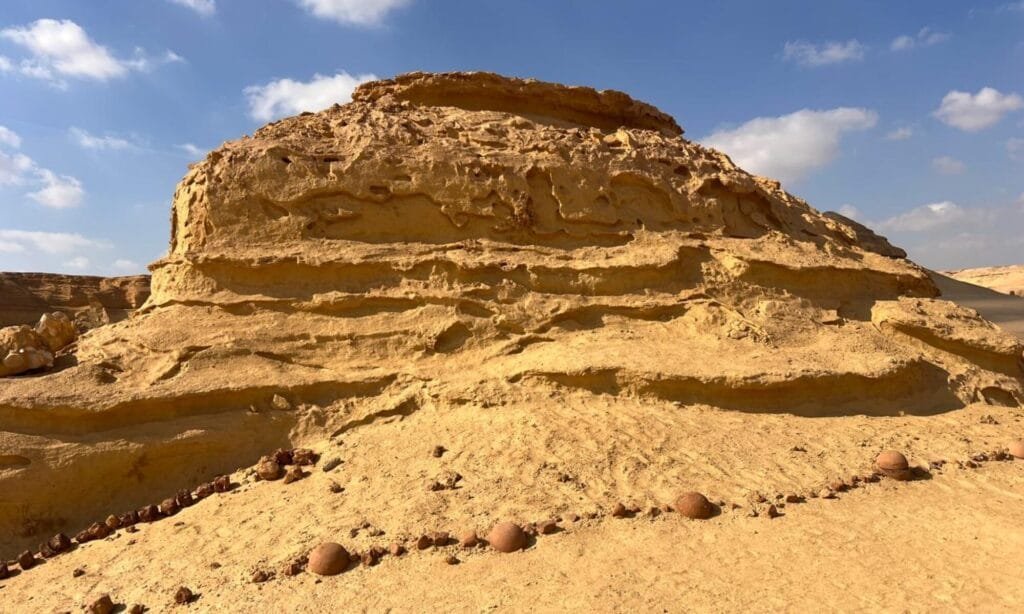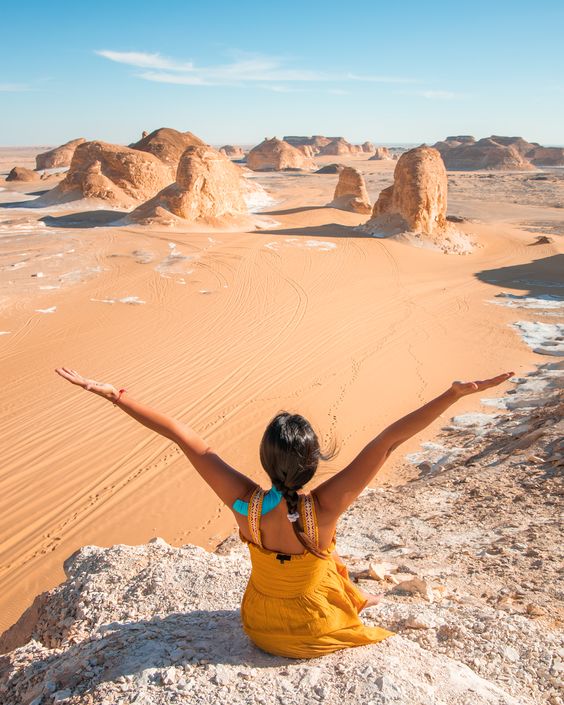Egypt is renowned for its ancient pyramids, monumental temples, and sprawling deserts, but beneath the surface, the country hides a world of underground wonders waiting to be explored. From mystical caves carved into the desert rocks to fossil-rich valleys and sacred historical sites, Egypt offers an exciting array of caving adventures for thrill-seekers and history enthusiasts alike. Whether you’re a seasoned caver or a curious traveler looking to venture off the beaten path, the caves of Egypt present an extraordinary opportunity to discover the country’s geological and cultural history in a whole new way.
In this guide, we’ll take you through some of Egypt’s most captivating caving destinations, including ancient rock art, vibrant canyons, and archaeological treasures. So, gear up for an unforgettable journey into the depths of Egypt’s natural and historical wonders, where every turn uncovers a new secret of this awe-inspiring land.



